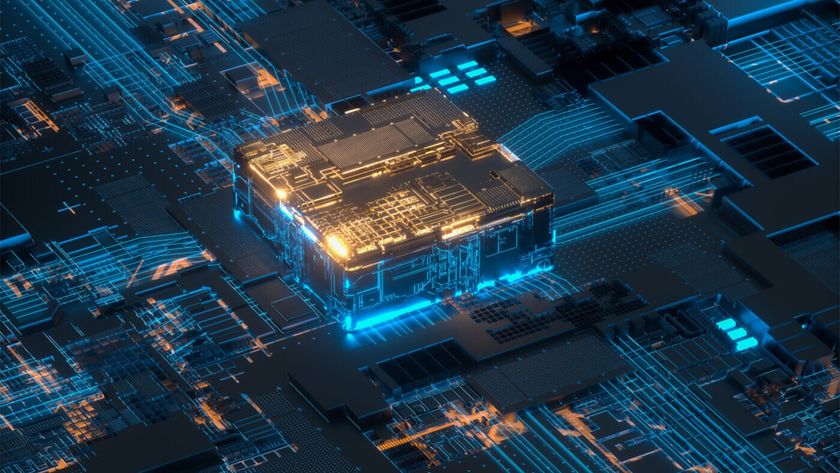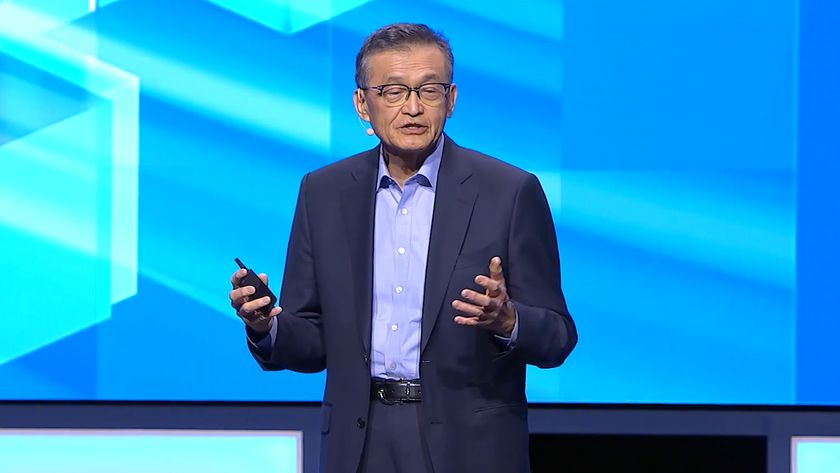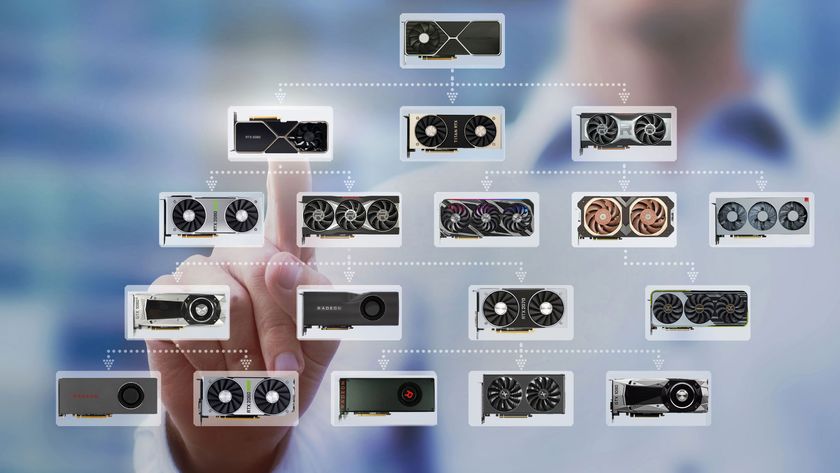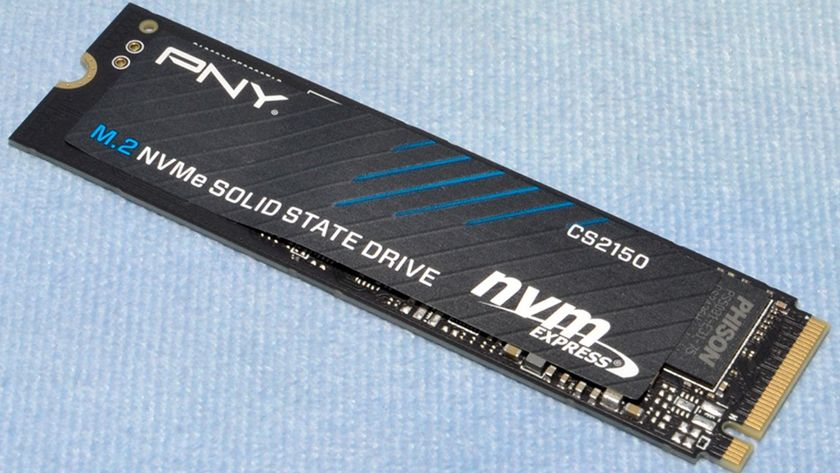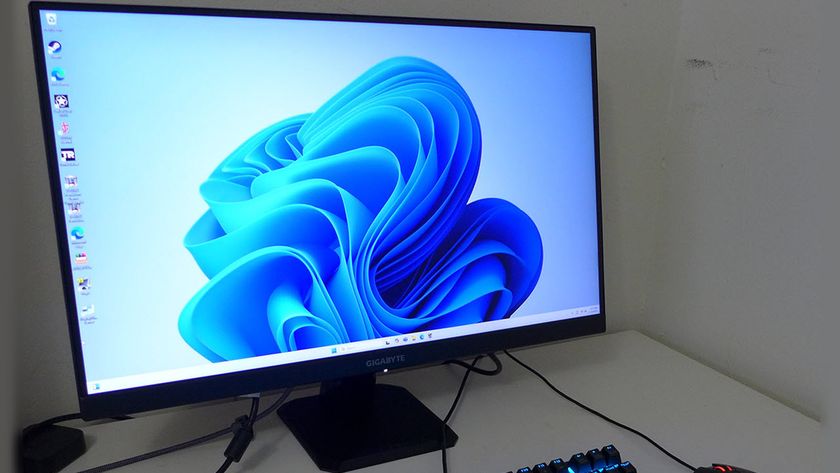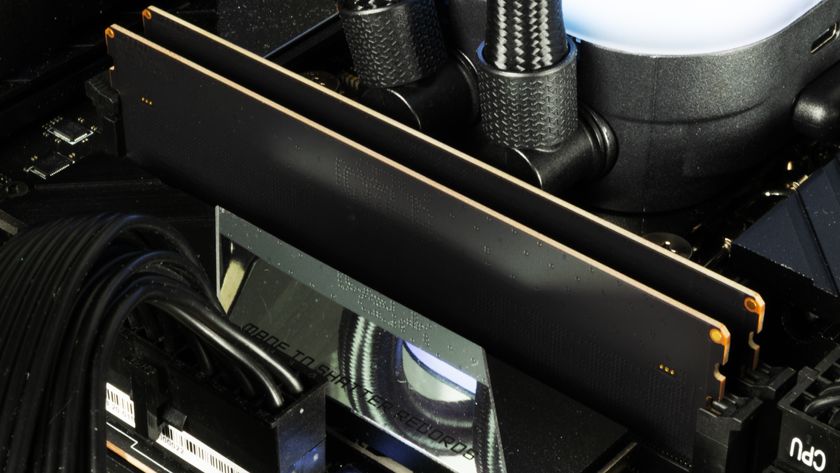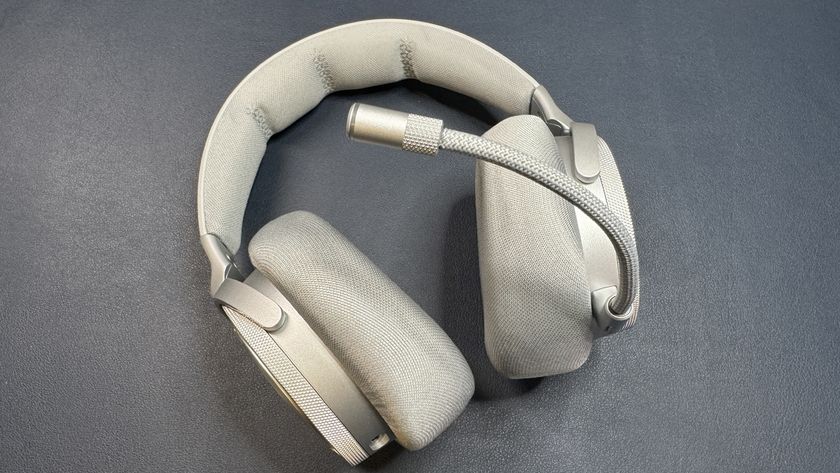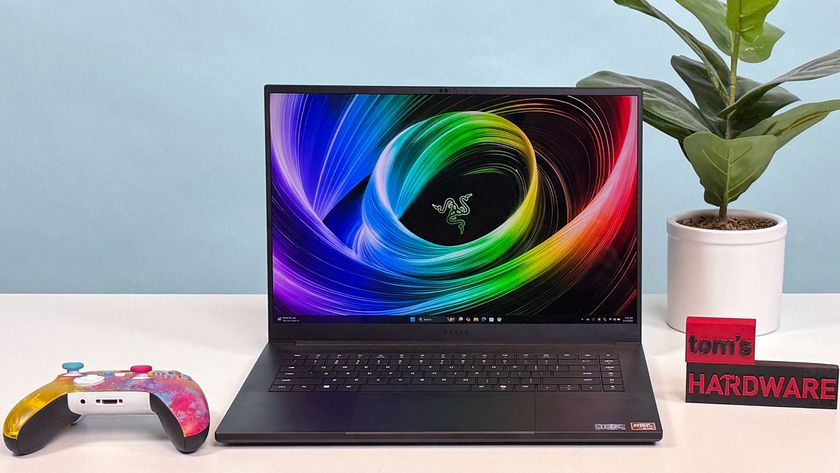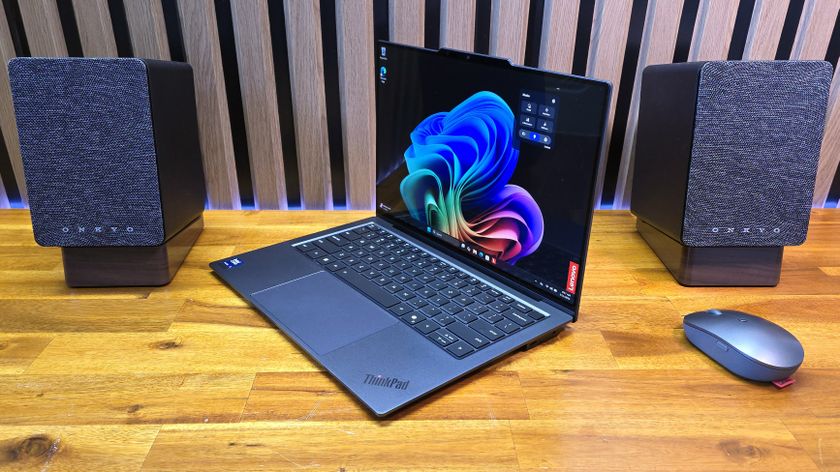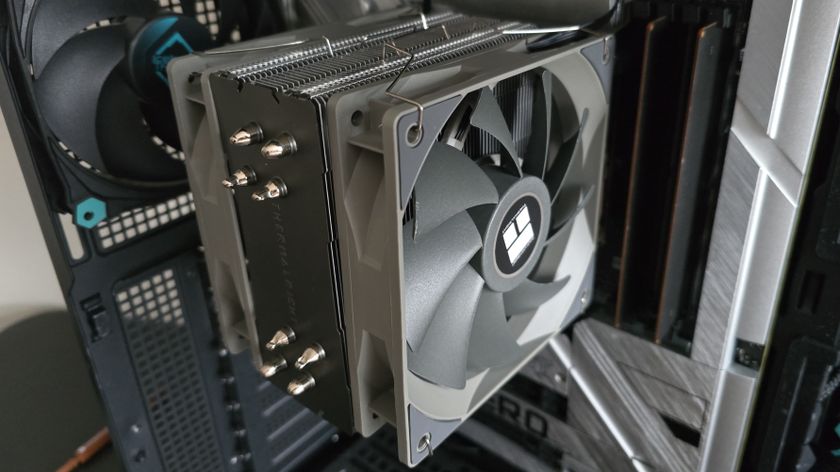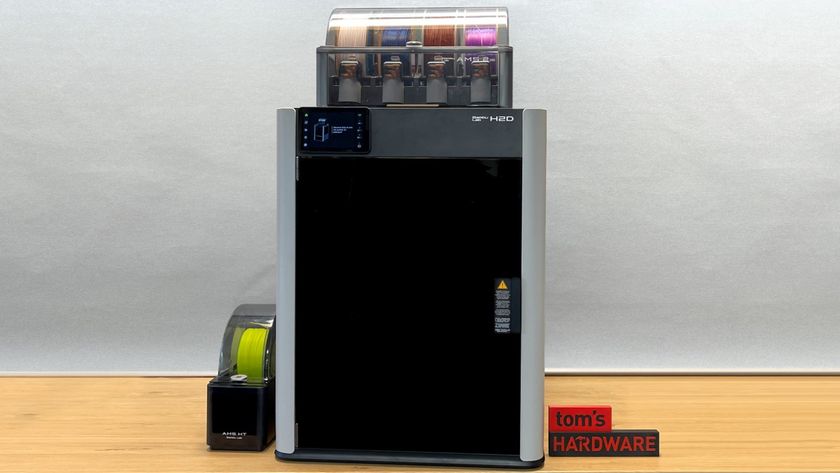Early Verdict
The Adata Ultimate SU800 128GB is the weakest of the three models we tested. This drive costs only $20 less than the 256GB drive. We couldn't recommend this model to anyone given the slight price difference. The SU800 128GB also suffers from very high latency making it a poor choice for every PC user.
Pros
- +
Adata SSD Toolbox
- +
Acronis Data Migration
Cons
- -
Micron 384Gbit 3D TLC NAND
- -
Low throughput
- -
High latency
- -
Low notebook battery life
Why you can trust Tom's Hardware
Specifications And Features
Let's be honest, if you bring a product with the name "Ultimate" to market, it had better deliver. It can't be average, regular, or even mainstream. Most importantly, though, it had better not be sub-par.
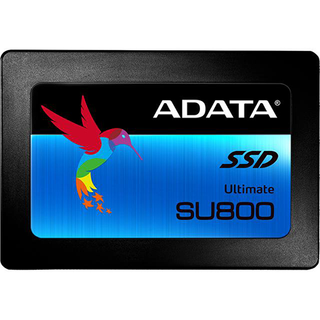
Adata is one of the last remaining SSD manufacturers that still works with all of the controller and NAND flash manufacturers (other than Samsung). Over the last few years, many DRAM-turned-SSD companies have aligned with a single controller or flash manufacturer and continued to release cookie-cutter products using reference designs. In contrast, Adata doesn't like being in a box with limited options. Because of that, the company offers several different products that often overlap. When a new technology comes to market, Adata is often the first non-fab to bring it to market regardless of the original source of the components.
Adata's wide range of products is good for consumers, but there are negative aspects to the approach. The development cost of working with two or three NAND flash companies and a handful of flash processor designers is inevitably higher than working with a shorter list of partners. Over time, Adata has learned quite a bit by working with so many partners, so one project gives greater insight into how to approach the next. Sadly, everything has a starting point. The Ultimate SU800 is Adata's starting point with Micron's 384Gbit 3D TLC flash.
Our coverage of the Micron's first 3D-derived NAND hasn't been very promising. The large 384Gbit TLC die should have elevated SSD capacities. We often think about 4TB, and beyond, as a capacity expansion for consumer SSDs. No one expected it to be a jump from 1,000 GB to 1,050 GB. That is what Crucial's MX300 product delivered, along with a few other oddball capacities. Micron also paired the first generation 3D TLC flash with an entry-level 4-channel controller that amplified the poor latency of the flash. The performance cost of a few extra gigabytes of space was much more; I would call it a penalty. The MX300 was a sub-par product, but the company had already canceled one 3D NAND SSD (Ballistix TX3), and another would have been a disaster.
Building a product using IMFT's 3D NAND has proven to be challenging. Micron and Intel themselves have both released under-performing products using the technology, but to put it into perspective (but not to step on it), we are not just talking about below average.
Unlike the Crucial MX300, Adata chose to utilize the odd capacity TLC die a little differently. Adata used one-third of the capacity, essentially all of the extra space (128Gbit of the total 384Gbit die), to build a massive SLC buffer. That eliminates any capacity advantage, but it does give us a massive buffer that should (at least on paper) be very fast. We will have to see if the buffer is enough to make 384Gbit TLC fast enough for us to consider it “Ultimate.”
Technical Specifications
Adata plans to release the Ultimate SU800 in four standard capacities that range from 128GB to 1TB. The largest capacity has yet to ship in the channel. We have the three low-capacity drives to test and analyze.
A Silicon Motion, Inc (SMI) SM2258 controller with advanced Low-Density Parity Check (LDPC) code is at the heart of the Ultimate SU800. We tested this controller and flash combination in a technical preview article earlier this year. The technical preview delivers much more detail about the controller and its inner workings than this article. If the SSD manufacturer does not disclose the feature set, we try not to highlight the controller features that might be embedded in the retail SSD. Some controller features may be enabled even though the SSD maker hasn't released the information. On the other side of the coin, the vendor may have disabled some of the features, as well.
The Ultimate SU800 falls at the top of Adata's SATA product line and serves as the flagship even though it utilizes 3D TLC NAND flash. The sequential read performance reaches up to 560 MB/s, but the SSD only achieves a sequential write speed of 520 MB/s. The random performance peaks at 85,000/85,000 read/write IOPS on the 512GB model. The other capacities have slight performance variations.
Advanced Features
- 3D TLC NAND Flash
- SMI controller
- Wide capacity range: 128GB to 1TB
- Advanced hardware LDPC ECC technology
- Intelligent SLC Caching and DRAM cache buffer
- DEVSLP (Device Sleep) supported
- High TBW for extended drive longevity
- Free software: SSD Toolbox
- Supports S.M.A.R.T, TRIM Command, NCQ, and Migration Utility
We spoke with Adata for more information about the one-third size SLC buffer. The company doesn't disclose the information on the official product page, or even mention the feature beyond a single bullet point that refers to it as "Intelligent SLC Caching." The Ultimate SU800 has the largest SLC buffer of any consumer SSD ever released. If the buffer is effective, the series should be very fast.
Pricing And Accessories
The Adata Ultimate SU800 sells at very attractive price points. The series starts out at just $59.99 (128GB), but we can't even begin to recommend that model when the 256GB drive sells for just $79.99. The 512GB drive offers the best value of the three, but the price increases to $139.99. This is where things become more difficult for shoppers, though. The Intel 600p 512GB NVMe SSD also retails for roughly the same $140 when it is on sale. In the Intel 600p review, we compared the drive to the absolute best SATA SSDs available in daily-use applications, and the 600p delivered slightly more performance.
Adata released a software package a few years ago and has steadily optimized it over the years. The SU800 works with the downloadable software and a custom version of Acronis True Image HD. You will need to make an account on Adata's website to download both.
Warranty And Endurance
The Ultimate SU800 ships with a 3-year warranty, which is common in the mainstream SSD market. Adata limited the warranty with an endurance cap that starts at 100TB (128GB) and doubles with each increase in capacity.
Product Packaging



The SU800 ships in an attractive package, but don't expect too many extra parts. For what it's worth, the drive does ship with a 7mm to 9.5mm adapter. I really have to wonder what people use these for because I've yet to encounter a situation where one was absolutely required.
A Closer Look




This is a fairly new case design from Adata and it's difficult to get into. Half of the case is metal, and the other half is plastic. We only opened one of the SSDs because it required destroying the case.
Internals





The only real surprise we found in the drive came from the flash. There are six packages, much like the SM2258 sample we analyzed in the technical preview editorial.
MORE: Best SSDs
MORE: Latest Storage News
MORE: Storage in the Forums
-
TbsToy Maybe you guys should start combining your SSD and power supply reviews. Two mints, two mints in one 'Hey, look what we have today.'Reply
W.P. -
HERETIC-1 Chris, Good honest review.Reply
Question-Is there a benefit to over-provisioning compared to extra free space?
Example-256GB drive-156GB free space.
or 10GB OP and 146GB free space.
(boot drive-light duty) -
kalmquist The Micron 3D NAND has been a big disappointment. I haven't read anything about the performance of Toshiba's 3D NAND, but the lack of SSD's using it suggests that its performance may be even worse than Micron's. (Toshiba chose MLC planar NAND for their recently released VX500 series.) I'd like to see some company step up and put a little competitive pressure on Samsung.Reply -
CRamseyer Reply18951969 said:The Micron 3D NAND has been a big disappointment. I haven't read anything about the performance of Toshiba's 3D NAND, but the lack of SSD's using it suggests that its performance may be even worse than Micron's. (Toshiba chose MLC planar NAND for their recently released VX500 series.) I'd like to see some company step up and put a little competitive pressure on Samsung.
Toshiba's BiCS is at Gen 2 Awith 3 announced and used in the new iPhone. We have and article in rhe pipe that uses BiCS 2 in our upcoming 11 drive DRAMless roundup. Ir is only an engineering sample though. -
littleleo Ultimately a major disappointment. Lucky for them there is such a bad shortage on SSDs they will probably still sell plenty to the SSD hungry segment.Reply -
Nintendork Intel is a mess when they can't fix their problems with just money. AMD had tons of products stuck on 32nm A8 Phenom II-class APU, Bulldozer, Piledriver...Reply -
daglesj Would be nice if you asked the providers like ADATA for comment. I remember when everyone blasted the Kingston V300 SSDs but they are world class in comparison to a lot of the junk passing for an SSD today. On a side note I bought a lot of V300 SSDs and all of them have performed admirably. Tough little drives.Reply -
icester1973 Another Adata product with sub-par performance? Hardly surprising. Along with sub-par performance, you can expect HORRIBLE product support!Reply
My HP laptop was always returning an "Operating System Not Found" error upon every reboot since the Windows 10 Anniversary update with the SP600. None of my other systems with other brands of SSDs had this problem. Updated all the drivers, including ACHI and the problem persists. Tried to update the SP600's firmware -- nope! The updater wouldn't work! I pulled the drive and used a USB dock and a Windows 7 system and their updater wouldn't even see the drive even though it shows up in Explorer! What a mess!
Finally, I cloned the drive to a different brand and, behold!, all problems are solved! My wife even commented that the new drive was faster. -
LordConrad I understand why Intel and Micron use this NAND (because they're stuck with it), but why on earth would anyone else use it??Reply
